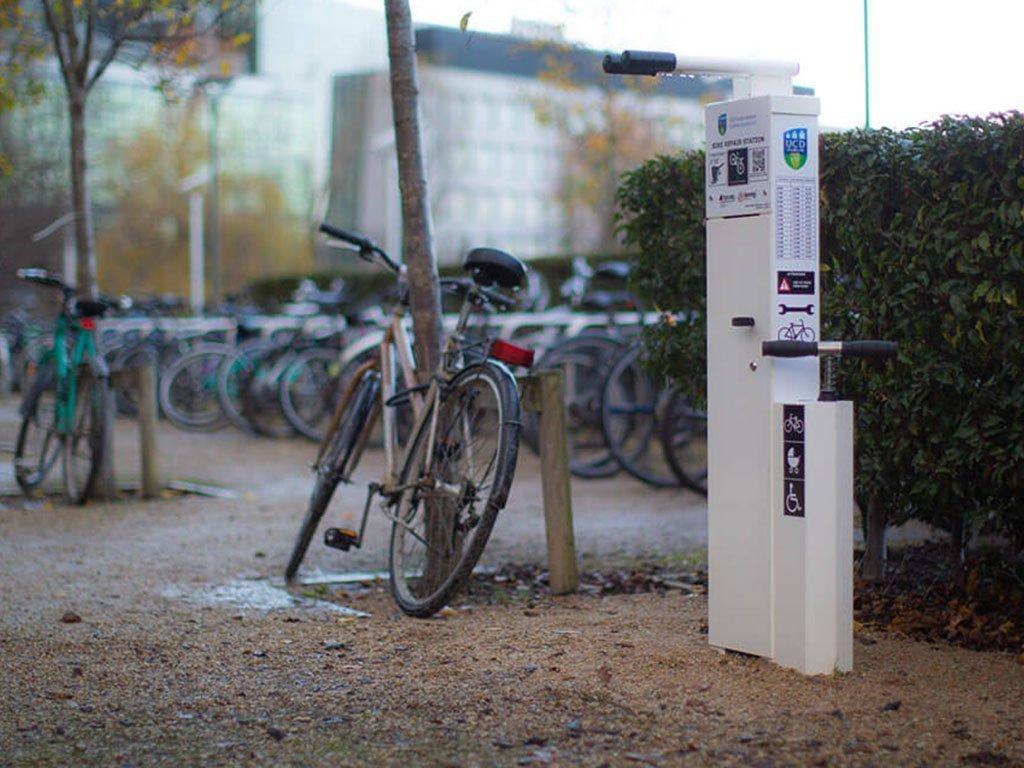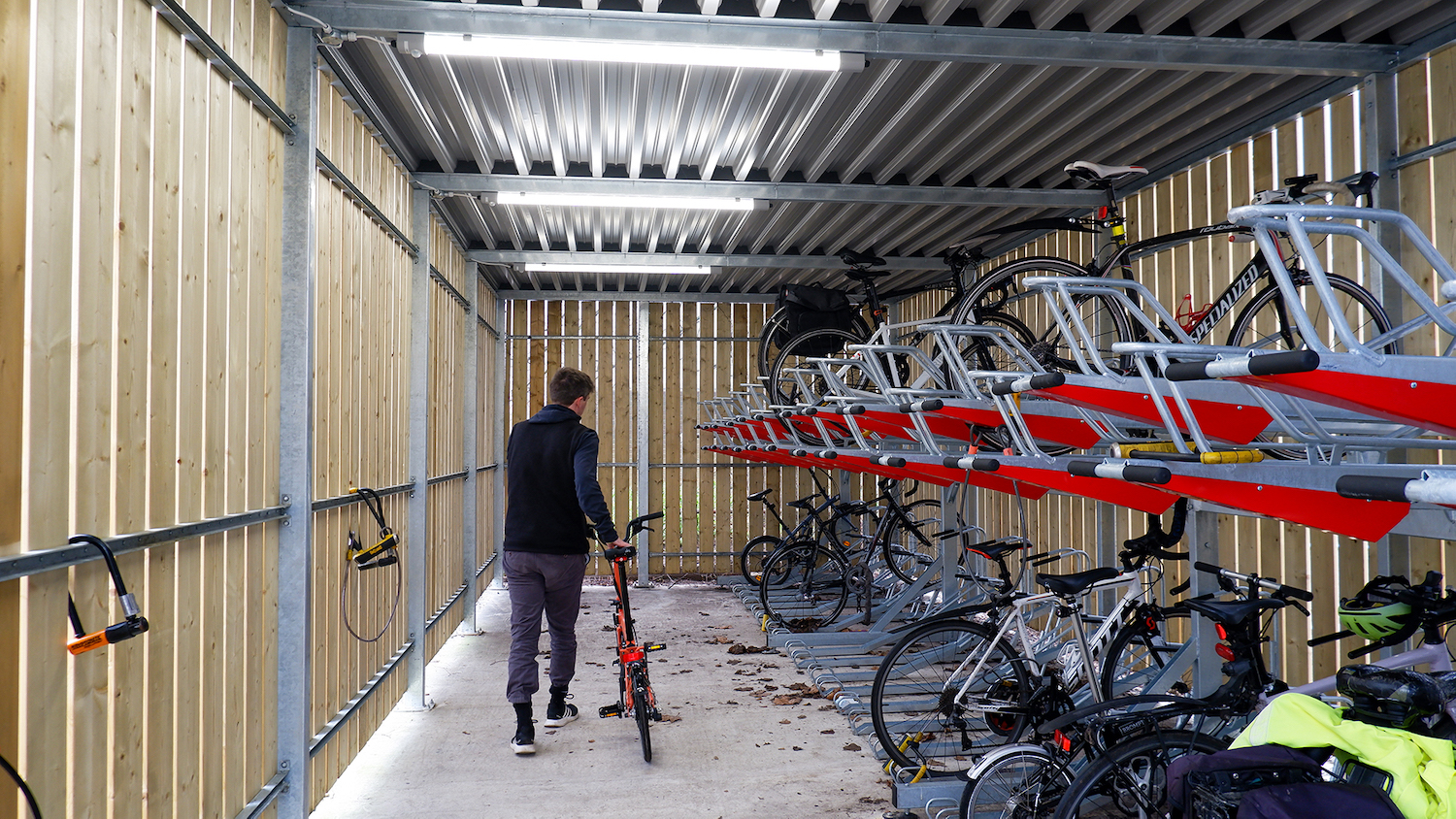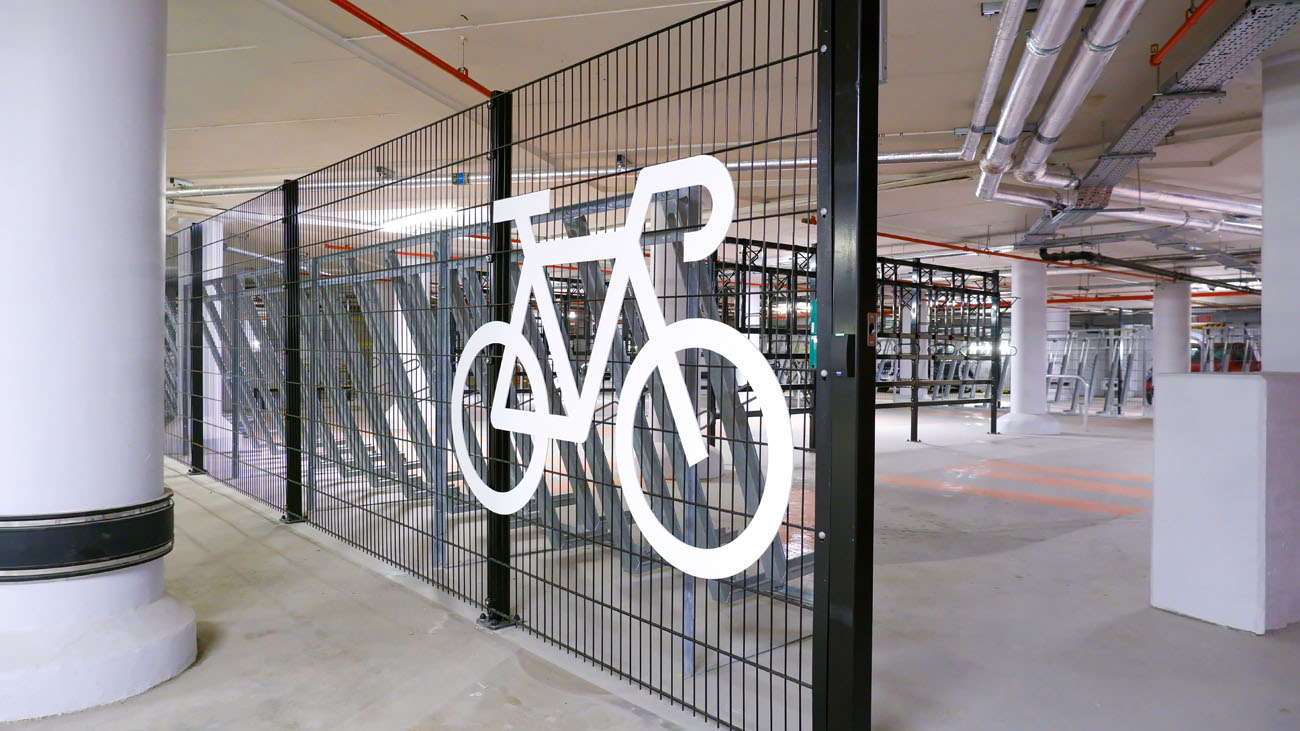How Important Is E-Scooter Parking?
E-scooter sales in the UK have trebled this year. While still currently illegal to use on public roads, despite calls for this to be reversed, there can be no doubt they’re on the rise.
But rental schemes could be about to give the green light to e-scooters on UK roads. Trials have recently begun in several cities, with three companies given the go-ahead to roll-out their London fleets in Spring 2021.
But how central is parking to the new London scheme?
According to both a new report, and Transport for London (TfL), very. TfL have said they will hand over parking regulations to individual boroughs to help avoid clutter on pavements.
And the detailed report published by transport consultants Momentum and 6t has used Paris as a model for the viability of e-scooters in London. In Paris, rental schemes with dedicated parking have been largely successful. But can it be replicated in London?
Why e-scooter parking is central to new plans
The report focuses on the creation of a dense and robust parking network to make this work, where in Paris, between Spring 2019 and Autumn 2020, riders who completed their trips in allocated parking spots jumped from 35% to 97%.
TfL have reached the same conclusion, highlighting e-scooter parking as fundamental to the success of the rental trials. Therefore, operators will be required to fit the scooters with the requisite technology to park in designated areas or bays.
The concerns are that dockless e-scooters being parked without regulation will become safety hazards and obstructions on pavements, resulting in harm to pedestrians, especially mobility-impaired and visually impaired pedestrians.
The location of these bays is important, too. The Momentum and 6t report says that strategy will “greatly influence the end-users’ experience, and the efficiency of these services in contributing to modal shift, intermodality and social distancing in London.”
What are the suggestions of the report?
According to the report, to maximise their potential, e-scooters need to be used because they’re fast and convenient. That means ensuring they’re within reach of train stations and key high population density areas.
From an urban design perspective, the report suggests using existing car parking space for new e-scooter parking.The report points to parklets with green space and benches, which adhere to the Healthy Streets approach and can increase pedestrian footfall to the area.
To begin to replace car journeys, the exact parking locations must have a variety of origins. The report notes that in Paris, where trials have been successful, just 10% of trips are completed by car. This increases sharply in London, particularly Outer London, so parking and docking points need to cover shops and key stations to maximise use.
“Overall, the objectives of the e-scooter trials in London should be to demonstrate how e-scooters can provide relief to the public transport network in the short-term and reduce the mode share for cars (and thus air pollution and congestion) in the long-term,” the report says. “The parking strategy must be designed to facilitate the accomplishment of these ambitions.”





